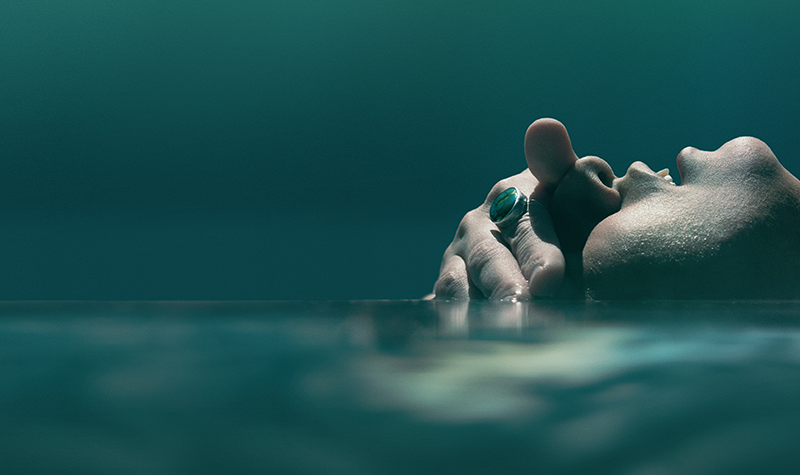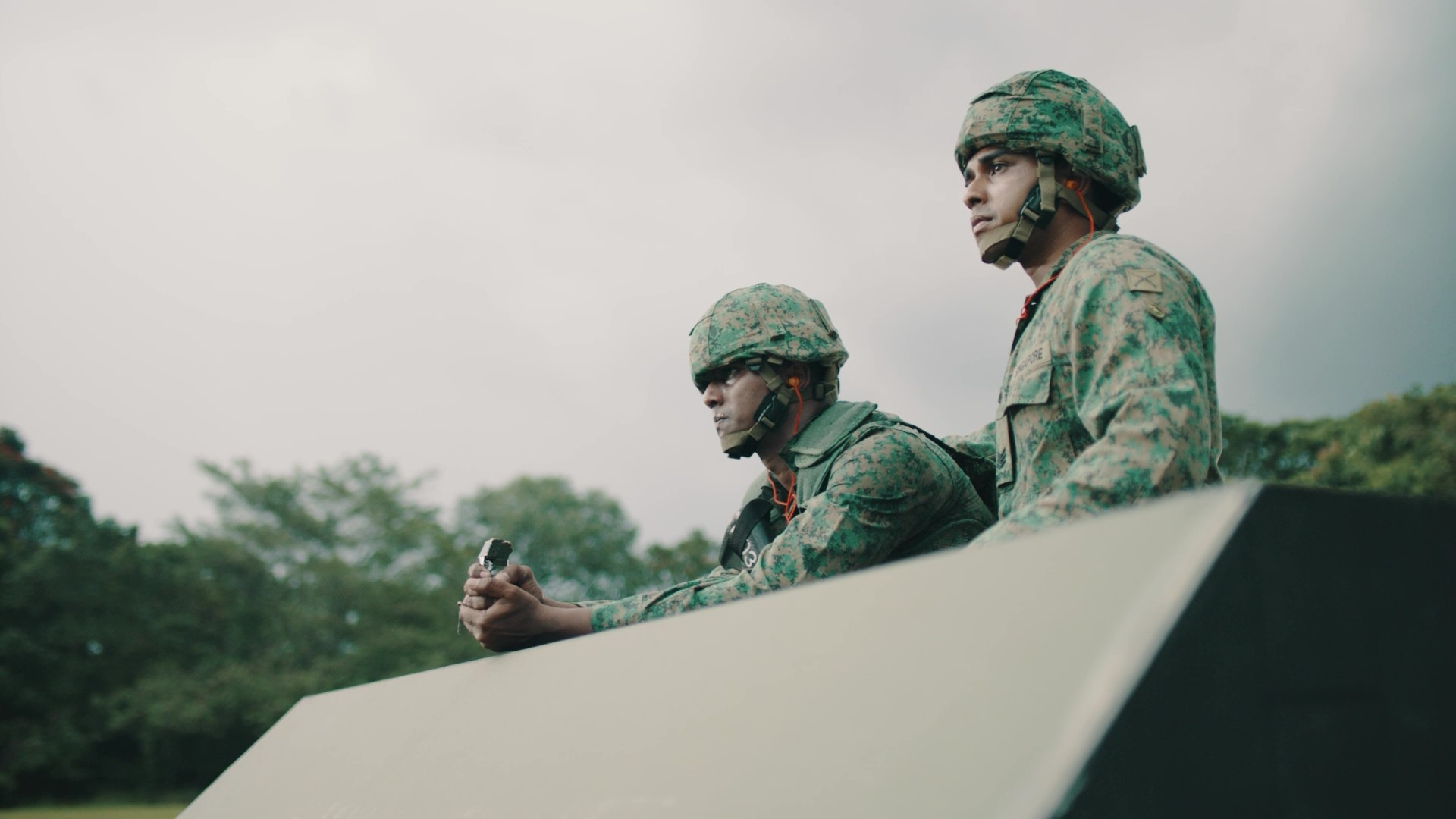Malaysian filmmaker Amir Muhammad has come a long way since his debut flick Lips to Lips (2000). Acclaimed for his biting documentaries and experimental projects such as last year’s The Year of Living Vicariously and Tokyo Magic Hour, Muhammad has come up with his best film yet, The Last Communist, now available on DVD.
What triggered the movie?
The experience of working on my previous documentary, The Year of Living Vicariously in Indonesia. The film ended up being at least partly about Indonesian people’s memories, and perceptions of the Communist era of the ’60s, so it made me curious about the Malaysian equivalent. Also, Malaysian communist leader Chin Peng’s memoir, My Side of History, was out at that time. It was an interesting read and gave (as its title would suggest) a different account of the Malayan Emergency. The book, strangely enough, also made me curious about the towns he lived in, from his birth to national independence. I had, shockingly, never spent time in any of those towns. I wanted to visit them. So both these things together made me want to do The Last Communist as a semi-musical road movie.
Is this is the direction that you had originally wanted to take to begin with—a semi-musical format?
In researching early Malayan documentaries, I was charmed to find that many of them had songs. These early documentaries, made in the ’40s, were taken to villages as they contained song-and-dance routines to keep the target crowd entertained. Even till today, that type of song would be familiar to anyone who watches Malaysian public TV. So the choice seemed appropriate.
How did you decide on the actors and collaborators for the film?
I’d worked with music composer Hardesh Singh and editor Azharr Rudin before. I felt comfortable with them because they are both such creative young guys who added a lot of their own personalities into the work. Singh introduced me to Zalila Lee, the main singer in the film. She is not well-known yet; so we were hoping this would launch her recording career. All three seemed to fit well into the mix. This was my first time with the director of photography Albert Hue, but we have since worked together on the sequel to The Last Communist, which is called Village People Radio Show. His enthusiasm and humour were absolutely essential for the shoot.
What’s your personal take on Communism and how it has shaped Malaysia today?
Communism is a beautiful ideology in theory because it assumes that people want to share. But in practice it tends to descend into dictatorship, no? But I still believe there is bound to be a better system than global capitalism. Even though the Malaysian Communist Party was never big in terms of membership, I would say that it has shaped Malaysia greatly. Why? Because our government has for decades needed to resort to the Communist bogey to justify its own undemocratic actions such as the continual implementation of its Internal Security Act.
What was the most difficult part of making the film?
We deliberately shot a lot of footage. We followed the path of Chin Peng’s life, chronologically, but other than that we didn’t restrict ourselves in theme. The biggest challenge was then in trying to reduce the 55 hours of footage to 90 minutes.
What has response been so far at film festivals?
The response overseas has been pretty good. The film premiered at the Berlin Film Festival in Feb and has since been in over 20 other festivals, including London, Hong Kong, Seattle and Vancouver. It can’t screen in Malaysia as it has been banned by the Home Affairs Minister Dato Seri Mohd Radzi. It had been passed earlier by the Censorship Board but Radzi overruled it after a Malaysian newspaper ran a daily campaign against it without even seeing it. Radzi’s final reason for the ban was that the documentary “was not violent enough.” The period of the ban was a very intense one in terms of media publicity and I chronicled a lot of it on my blog http://lastcommunist.blogspot.com. Luckily the DVD can be bought in that bastion of democracy, Singapore, and also on www.amazon.com.
What do you hope audiences will take away from the film?
A sense that history operates in the present tense. That is why I refused to use archival footage, but kept to present-day images and testimonies.





